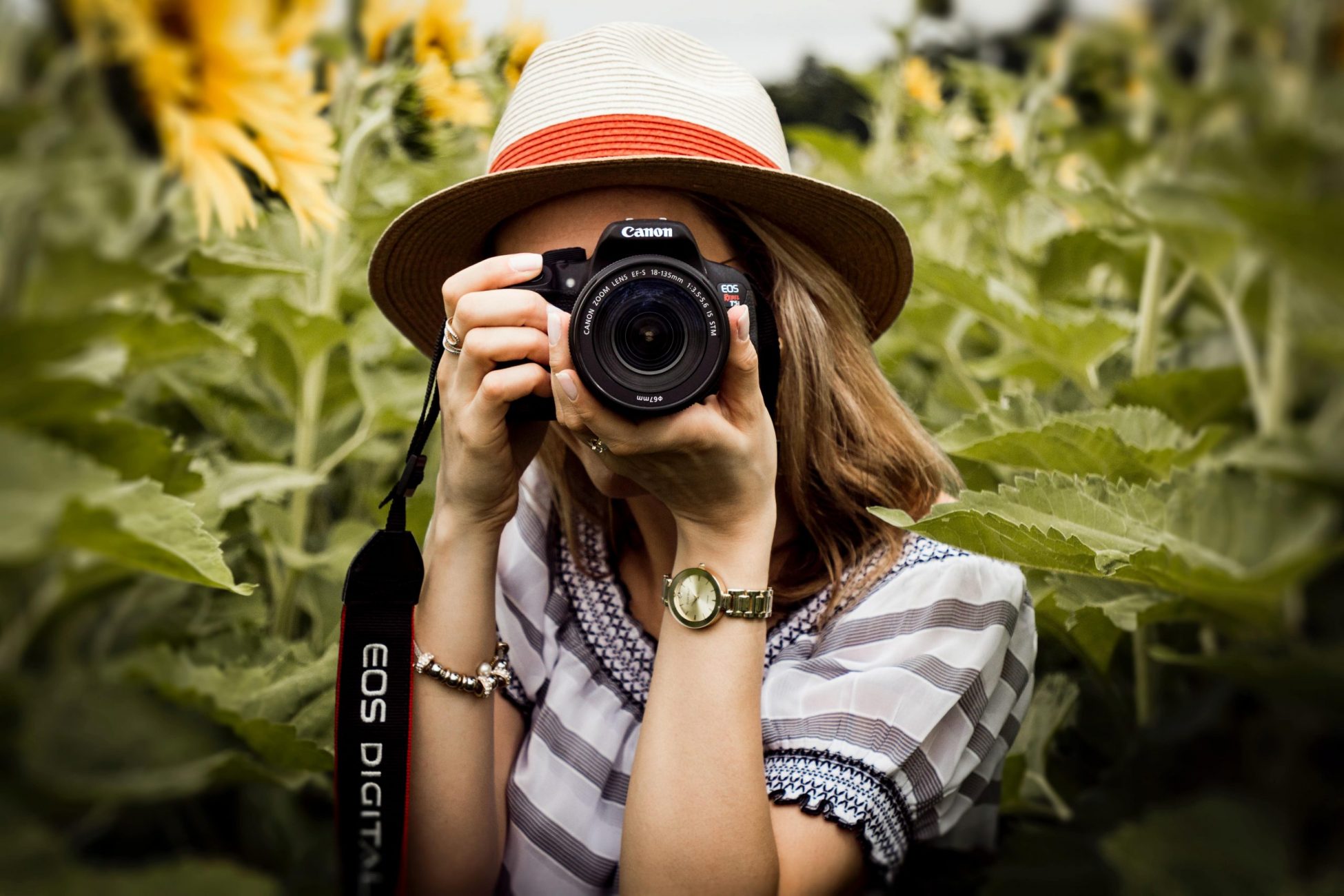Naderi Production
2 HANNERT DE KLEPPBEEM
L-6995 RAMELDANGE

Here is a full introduction to shutter speed in photography and videography. One of the three most important settings in photography is Shutter Speed, the other two being Aperture and ISO.
Shutter speed is responsible for two particular things: changing the brightness of your photo and creating dramatic effects by either freezing action or blurring motion.
In the following article, we will explain everything you need to know about it in very simple language.
Shutter speed exists because of the camera shutter – which is a curtain in front of the camera sensor that stays closed until the camera fires.
When the camera fires, the shutter opens and fully exposes the camera sensor to the light that has passed through your lens.
After the sensor is done collecting the light, the shutter closes immediately, stopping the light from hitting the sensor.
The button that fires the camera is also called “shutter” or “shutter button,” because it triggers the shutter to open and close.
Shutter speed is the length of time the camera shutter is open, exposing light onto the camera sensor. Essentially, it’s how long your camera spends taking a photo. This has a few important effects on how your images will appear.
When you use a long shutter speed (also known as a “slow” shutter speed), you end up exposing your sensor for a significant period of time.
The first big effect of it is motion blur. If your shutter speed is long, moving subjects in your photo will appear blurred along the direction of motion.
This effect is used quite often in advertisements of cars and motorbikes, where a sense of speed and motion is communicated to the viewer by intentionally blurring the moving wheels. We hope you enjoyed this introduction to shutter speed in photography and videography!